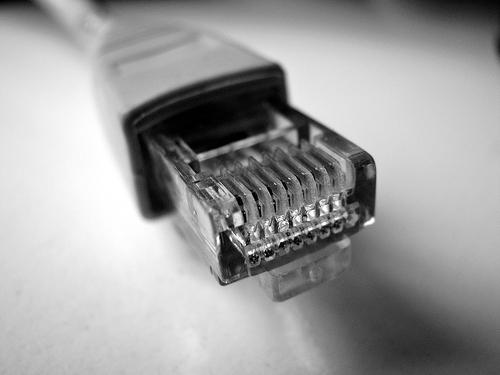Data transmission over a network includes a set of communication devices that are combined by data transmission channels, switched by devices, and provide messaging between all end devices.

Between personal computers, for example, data transfer is irregular and is carried out according to the needs of people working for a PC. Devices can be silent for a long time, working autonomously (data transfer is not performed at this time), and then send a message or document somewhere. With a low-speed telephone channel, this file will be transmitted for several minutes, and this often causes irritation to users. To eliminate such inconveniences, a network was developed that uses a common high-speed cable for all devices. We will not touch on technical details here, but just say that such a network can be represented as interconnected computers, each of which monitors the channel. In the case of a transfer, computers recognize it by address, and the one to which it is addressed receives information. If necessary, the transmission of a particular subscriber must wait for the release of the channel, and then start the transfer. If it happens that two users simultaneously try to occupy the line, then after a downtime for a short time they try again until one of them is ahead of the other. A computer occupying a common channel can use it at full speed and in its entirety. This is a fairly efficient operation algorithm in which data transfer is fast and reliable.

As you probably already guessed, the type of this network is called Ethernet. Similar types of communications are used in a small area, for example, inside the same building. So this is a local form of communication. Ethernet is internationally standardized and has occupied almost the entire global market in its segment.
Radio-Ethernet is a recent development. This is a new standard and has two uses. Firstly, it is a wireless local area network within the walls of one building or on the premises of an enterprise. It solves the problem of "limited mobility" within the organization - all employees have high-quality access to the network. Secondly, Radio-Ethernet allows you to solve the problem of connecting to a large network of subscribers, while transferring personal data is bypassing the problem of the last mile.
The term “last mile” is used to determine the connectivity between the subscriber and the closest node in the “large network”. This distance in reality can range from several meters to 20-30 kilometers.
It is impractical to bring a point-to-point radio channel to each subscriber, because in this case, for technological reasons, the channel will be expensive, and information will be pumped slowly. So it’s much more efficient to build a point-to-many-point channel and put it at the disposal of several subscribers. These subscribers can use it in a collision mode, similar to a local Ethernet network. This solution was invented and developed recently, and it is compatible with a regular Ethernet cable. Radio-Ethernet recently received the IEEE International Committee standard, and it provides technical stability in operational work.